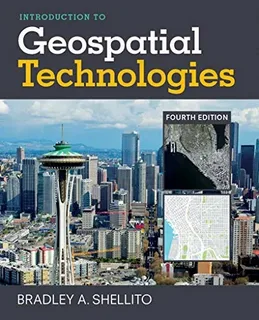In recent years, the agricultural sector has experienced a transformative shift with the integration of advanced technologies. Among these, geospatial technology stands out as a powerful tool driving the evolution of precision agriculture. By harnessing spatial data and satellite imagery, farmers are now able to optimize crop production, reduce waste, and improve sustainability. This article explores the latest advancements in geospatial technology for precision agriculture and their impact on modern farming practices.
Understanding Geospatial Technology in Agriculture
Geospatial technology refers to the tools and techniques used to collect, analyze, and interpret data related to the Earth’s surface. This includes satellite imagery, GPS (Global Positioning System), GIS (Geographic Information Systems), and remote sensing. When applied to agriculture, these technologies enable farmers to gather detailed information about soil conditions, weather patterns, crop health, and more.
Key Advancements in Geospatial Technology for Precision Agriculture
1. Enhanced Satellite Imagery and Remote Sensing
One of the most significant advancements in geospatial technology for precision agriculture is the improvement in satellite imagery resolution and frequency. High-resolution images allow farmers to monitor crop growth, detect disease outbreaks, and assess irrigation needs with unprecedented accuracy. Remote sensing technologies using multispectral and hyperspectral sensors provide detailed insights into plant health, enabling timely interventions.
2. Integration of GPS and IoT Sensors
The fusion of GPS with Internet of Things (IoT) devices has revolutionized farm management. GPS-guided machinery ensures precise planting, fertilizing, and harvesting, minimizing resource use and maximizing yield. Additionally, IoT sensors placed in fields collect real-time data on soil moisture, temperature, and nutrient levels, which are then analyzed using geospatial tools to inform decision-making.
3. Advanced Geographic Information Systems (GIS)
Modern GIS platforms are now more user-friendly and powerful, offering farmers the ability to visualize and analyze spatial data with ease. GIS helps in mapping field variability, planning crop rotations, and managing pest control more effectively. These systems support predictive analytics, allowing farmers to anticipate challenges and optimize their operations proactively.
Benefits of Geospatial Technology in Precision Agriculture
The advancements in geospatial technology for precision agriculture bring numerous benefits to the farming community:
- Improved Crop Yields: By tailoring inputs such as water, fertilizer, and pesticides to specific field zones, farmers can significantly increase productivity.
- Cost Efficiency: Precise application of resources reduces waste and lowers operational costs.
- Sustainability: Optimized resource use minimizes environmental impact and promotes sustainable farming practices.
- Risk Management: Early detection of issues such as pest infestations or drought stress helps mitigate risks and protect crops.
Future Trends in Geospatial Technology for Agriculture
Looking ahead, the integration of artificial intelligence (AI) and machine learning with geospatial technology promises to further enhance precision agriculture. Predictive models will become more sophisticated, enabling even greater accuracy in farm management decisions. Additionally, the use of drones equipped with geospatial sensors is expected to grow, providing farmers with detailed aerial data at a fraction of the cost of traditional methods.
Conclusion
The ongoing advancements in geospatial technology for precision agriculture are reshaping how farming is conducted worldwide. By providing detailed spatial insights and enabling data-driven decision-making, these technologies empower farmers to increase productivity, reduce costs, and adopt sustainable practices. As innovation continues, the future of agriculture looks increasingly smart, efficient, and resilient.

